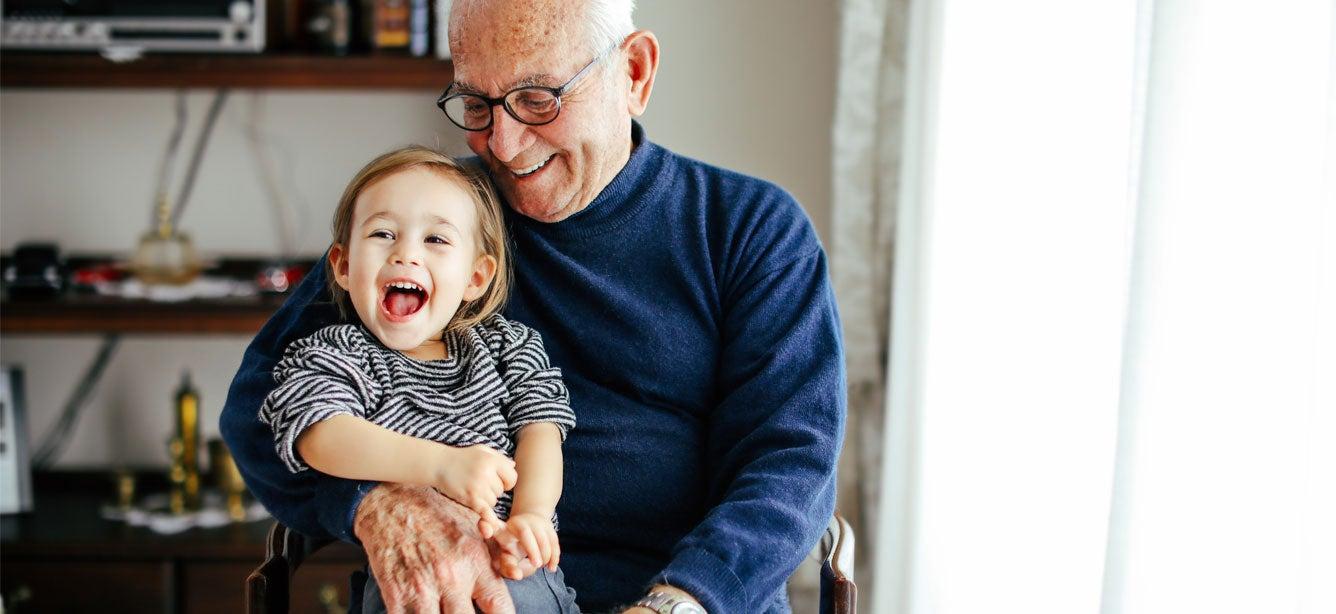Frequently Asked Questions

Why should I check myself or a loved one for falls risk?
Falls are a serious concern for older adults, even those who are active and physically fit. In 2019, falls were the leading cause non-fatal injuries and the second leading cause of injury-related deaths, resulting in over 40,000 deaths and over 8 million injuries in the U.S.i
Fortunately, falls can be prevented. There are many things you and your doctor can do to prevent falls. The screening tool provides an easy way to determine if you are at risk for falling so that you can take steps to keep yourself safe, healthy, and independent.
Are my answers and results kept private?
Yes. You can take the Falls Free CheckUp, get your results, and print your results without entering your email or any other information that can be used to identify you. We do not link your answers to your computer (IP) address.
Do I have to provide an email address to take the Falls Free CheckUp?
No. You can take the Falls Free CheckUp, get your results, and print your results without entering your email. If you choose to receive email reminders or wish to email your results report, you will be required to enter an email address. We will not use this email address for any other purpose without your consent.
How were the questions for the Falls Free CheckUp selected?
The questions in the Falls Free CheckUp are the same ones that are used in the Centers for Disease Control and Prevention’s (CDC) Stay Independent Checklist.
Researchers have compared these questions to physician judgement to see how well they predict falls risk. They found that the results are highly comparable to what a physician would determine during an office visit when screening an older adult for falls risk.ii The Test Predictability of Falls Study also measured how the Stay Independent brochure predicted future falls. It found that a score of 4 or more can moderately predict falls.iii
This means that if you score 4 or higher on the Falls Free CheckUp, a physician would likely determine that you are at risk for falls and that your risk for falling in the next year is moderate.
Can I order a paper copy of the the Falls Free CheckUp?
Yes. The CDC Information Center will mail you a free copy of the CDC's Stay Independent Checklist, which has the same questions as the Falls Free CheckUp.
What can older adults and their caregivers do to prevent falls and falls injuries?
You can reduce falls risk and stay independent longer by following these recommendations:
- Speak up. Talk to your health care provider about reducing your falls risk. Tell a doctor right away if you have fallen, if you’re afraid you might fall, or if you feel unsteady.
- Keep moving. Activities that strengthen legs and improve balance (like Tai Chi) can reduce falls risk.
- Check your eyes. Have a vision screening once a year and update glasses as needed.
- Check your feet. Have a health care provider check your feet once a year and discuss proper footwear.
- Check home safety. Most falls happen at home. Add grab bars and railings, especially in the bathroom. Make sure there is plenty of light throughout your home. Also, get rid of hazards by keeping floors clutter free and taping down or securing rugs.
What can health care providers do to reduce older adult falls and fall injuries?
Health care providers can identify patients who are at risk for a fall, identify risk factors, and offer effective falls prevention strategies. STEADI recommends three steps for talking with older adults about their falls risk:
- Start by asking these three questions:
- Have you fallen in the past year?
- Do you feel unsteady when standing or walking?
- Do you worry about falling?
- Review and manage medications linked to falls, such as opioids, benzodiazepines, psychotropics, including antidepressants and medications that affect blood pressure.
- Refer to the CDC Compendium of Effective Fall Interventions, which includes a list of effective exercises, home modifications, and clinical and multifaceted interventions.
How common are falls in older adults?
Approximately 1 in 4 adults aged 65+ falls each year. Over one-third of these falls result in an injury. In 2018, an older adult fell every second of every day, resulting in:
- 36 million falls
- 8 million injuries
- 3 million emergency department visits
- 950,000 hospitalizations
- 32,000 deaths
In the last 10 years, older adult falls have increased 30%. Studies show that these rates will continue to increase if nothing changes. iv v
How much do older adult falls cost per year?
Older adult falls cost about $50 billion a year in the US.vi Falls result in high costs to medical insurance, including:
- Medicare: $28.9 billion
- Medicaid: $8.7 billion
- Other Insurance: $12 billion
Find the cost of older adult falls in your state.
How are older adults defined?
CDC defines older adults as individuals ages 65 and older. This age group has a higher risk and incidence of falls, fall injuries, and deaths from a fall.
What is the CDC Foundation?
CDC Foundation is an independent nonprofit, created by Congress to mobilize philanthropic and private-sector resources to support the CDC's critical health protection work.
What is the relationship between CDC and CDC Foundation?
CDC Foundation helps CDC do more, faster. By leveraging private resources and partnerships with CDC’s scientific expertise, we can address health threats and achieve high-impact results that save and improve lives worldwide.
What has CDC done to help older adults reduce falls risk?
- CDC has developed STEADI (Stopping Elderly Accidents, Deaths & Injury) to help health care providers incorporate falls prevention into routine care for older adults. STEADI is based on clinical guidelines and includes screening tools, educational materials and resources, and online trainings.
- CDC has worked with health care partners and electronic health record (EHR) vendors to integrate STEADI into EHR modules. The modules prompt clinicians to screen for falls risk, review medications, and recommend vitamin D.
- CDC launched the Still Going Strong campaign in May 2021 to bring awareness of common injuries in older adults, including falls, and to provide tips that older adults, caregivers, and health care providers can take to reduce falls risk.
- CDC developed the MyMobility Plan to help older adults plan to protect their mobility and stay independent as they age.
CDC continues to track the nation’s progress in addressing older adult falls.
i. CDC Division of Injury Prevention and Control. Web-based Injury Statistics Query and Reporting System (WISQARS). 2021; https://www.cdc.gov/injury/wisqars/index.html. Accessed 11/15, 2021.
ii. Rubenstein LZ, Vivrette R, Harker JO, Stevens JA, Kramer BJ. Validating an evidence-based, self-rated fall risk questionnaire (FRQ) for older adults. J Safety Res. 2011;42(6):493-499.
iii. Burns ER, Lee R, et al. Validation and comparison for fall screening tools for predicting future falls among older adults. (In review.)
ii. Bergen G. Falls and fall injuries among adults aged≥ 65 years—United States, 2014. MMWR. Morbidity and mortality weekly report. 2016;65.
iii. National Vital Statistics System, National Electronic Injury Surveillance System—All Injury Program, and Behavioral Risk Factor Surveillance System
vi. Florence CS, Bergen G, Atherly A, Burns ER, Stevens JA, Drake C. Medical Costs of Fatal and Nonfatal Falls in Older Adults. Journal of the American Geriatrics Society, 2018 March, DOI:10.1111/jgs.15304

